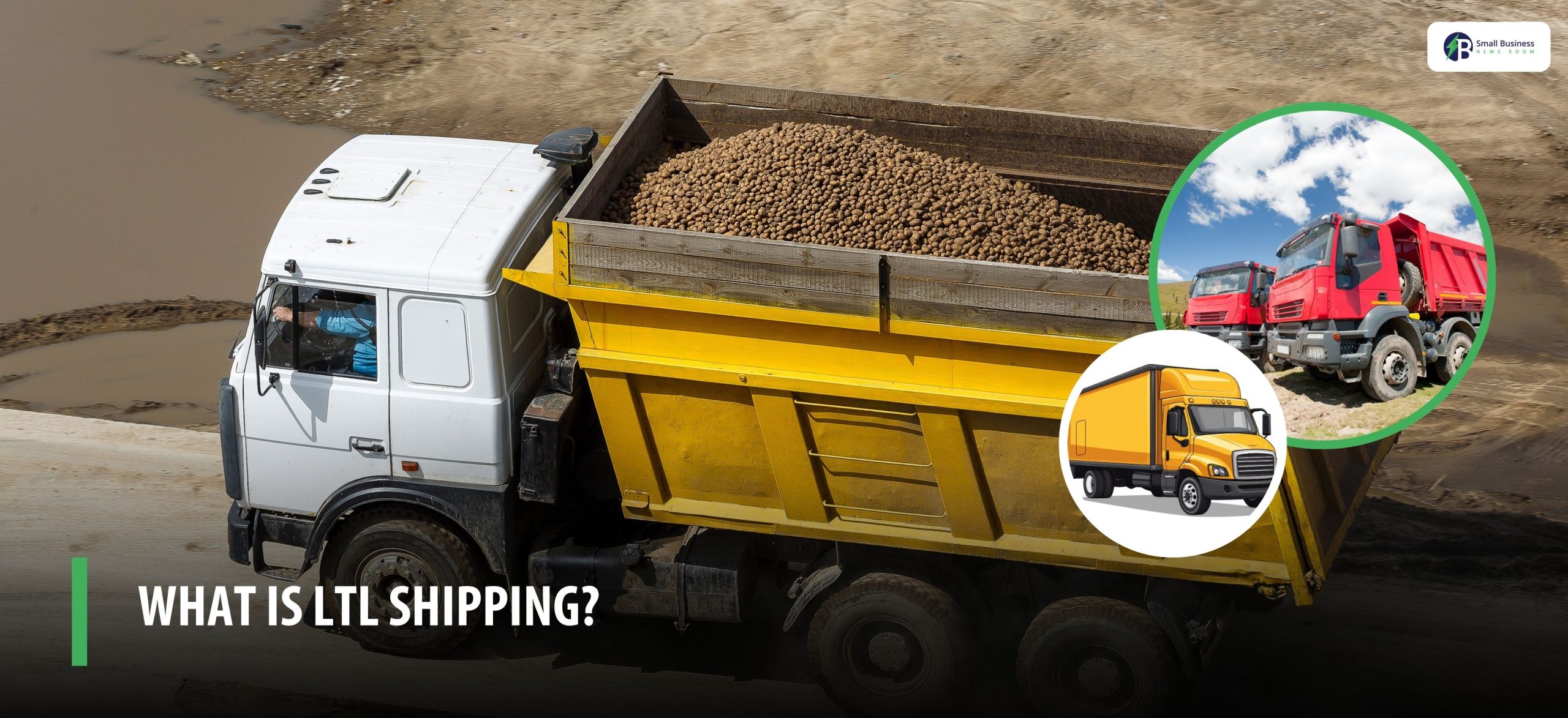Table Of Contents
What is LTL Shipping & Why It’s a Game-Changer for Small Businesses?
Last Updated on: August 21st, 2025
Are you running a new or growing small business? Every rupee, dollar, or euro you spend needs to pull its weight.
And yes! This includes the shipping part as well. Trust me when I say this: this shipping part can eat into your profits. Yes! More than you can ever imagine.
So, if you find yourself scratching your head, wondering how you can exactly ship products without paying for a half-empty truck, you need to know about LTL shipping.
I have been in this eCommerce industry, and almost everyone is talking about this shipping service, NGL!
So, let me help you, in simple, non-boring terms, to explore what is LTL shipping, why it’s a big deal for small businesses, and how it can help you keep costs in check without compromising delivery quality.
What is LTL Shipping?
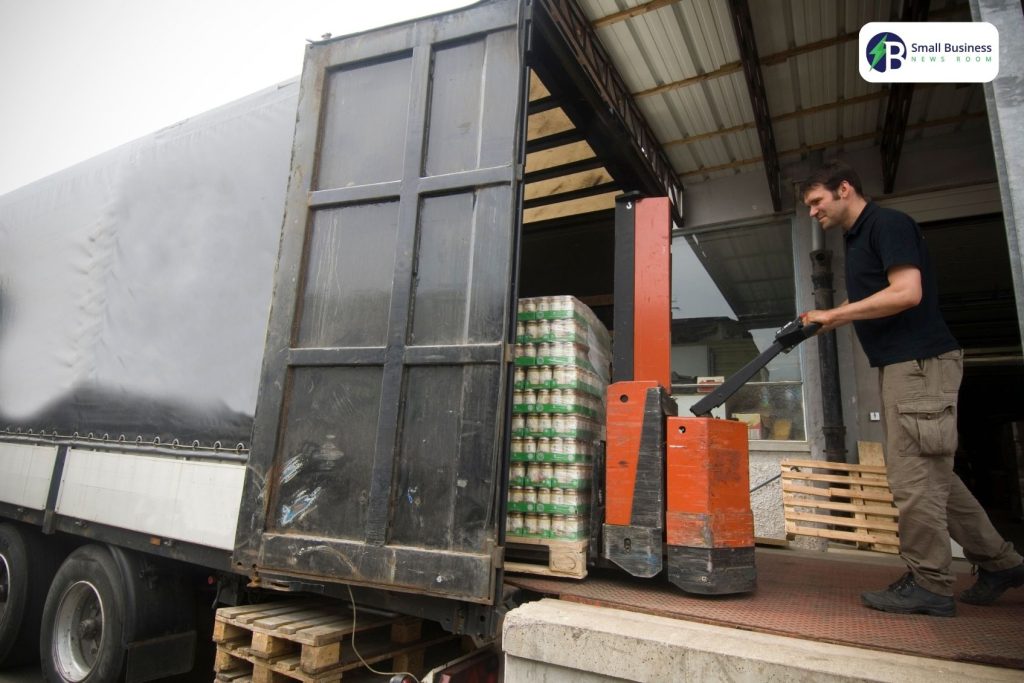
LTL stands for Less Than Truckload. That means instead of hiring an entire truck just for your shipment, you share the space (and the cost) with other businesses. Think of it as carpooling for cargo.
When you only have a few pallets or boxes to ship, it doesn’t make sense to pay for unused truck space. LTL shipping allows you to pay only for the portion of the truck you actually use.
Now, if you’re wondering “what does LTL mean in shipping”, the answer is simple: it’s a cost-effective freight option for shipments that are too big for standard parcel delivery but too small to fill a whole truck.
What is LTL Freight?
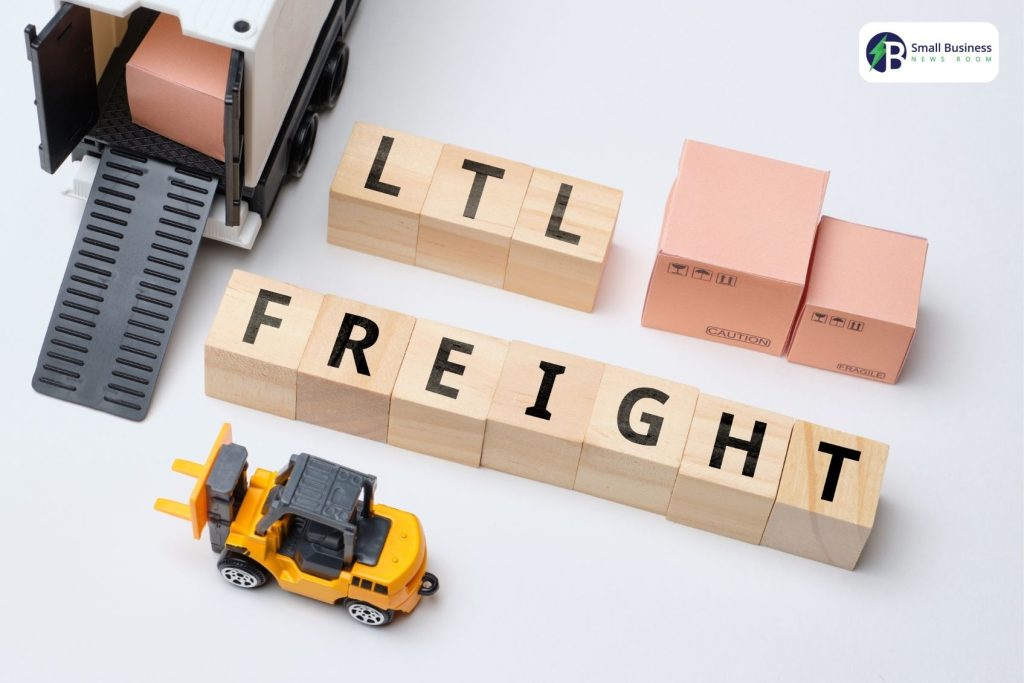
You might also hear people use the term LTL freight. This is just industry lingo for goods shipped using the LTL method.
Freight companies consolidate different shipments from different businesses, load them into the same truck, and deliver them to multiple destinations.
For small businesses, this is a golden opportunity; you get the same professional freight service big companies enjoy but at a fraction of the price.
LTL Shipping Rates: How the Costs Work
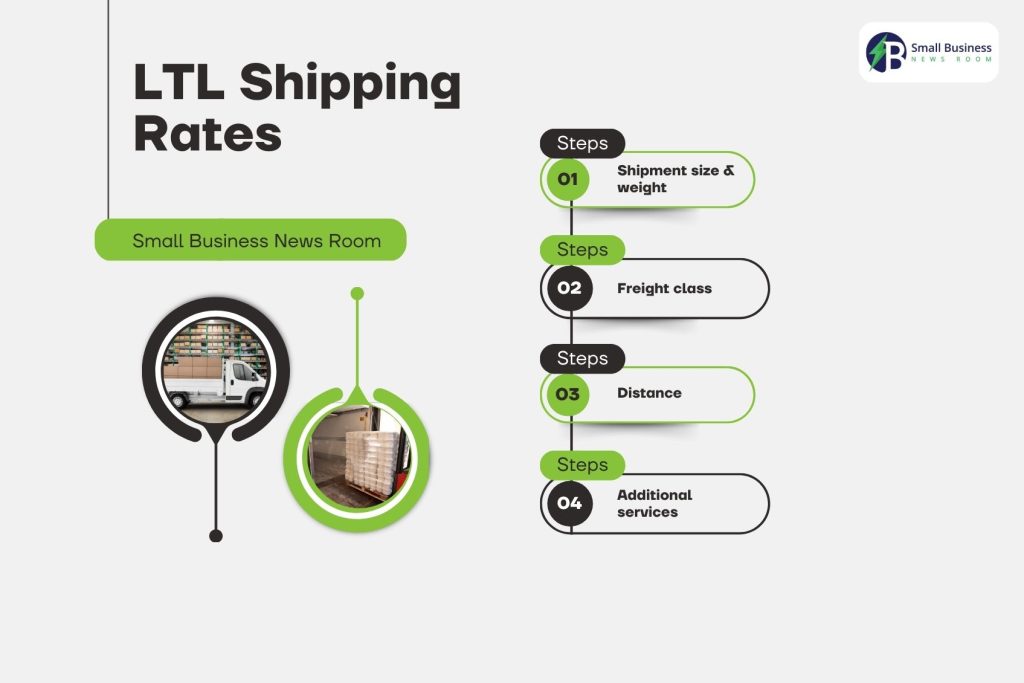
Here’s the part that excites most small business owners: LTL shipping rates are generally much cheaper than full truckload rates because you’re only paying for your share of space.
Rates are typically based on a few factors, such as,
1. Shipment size & weight: More weight means more cost, but still less than renting a whole truck.
2. Freight class: A classification system that determines handling needs, liability, and cost.
3. Distance: The farther your delivery, the higher the price.
4. Additional services: Things like liftgate delivery or residential delivery can add to the total.
Example: If you have three pallets of handmade furniture to send from Mumbai to Delhi, LTL could cost you 40–60% less than booking an entire truck.
How LTL Shipping Schedules Work
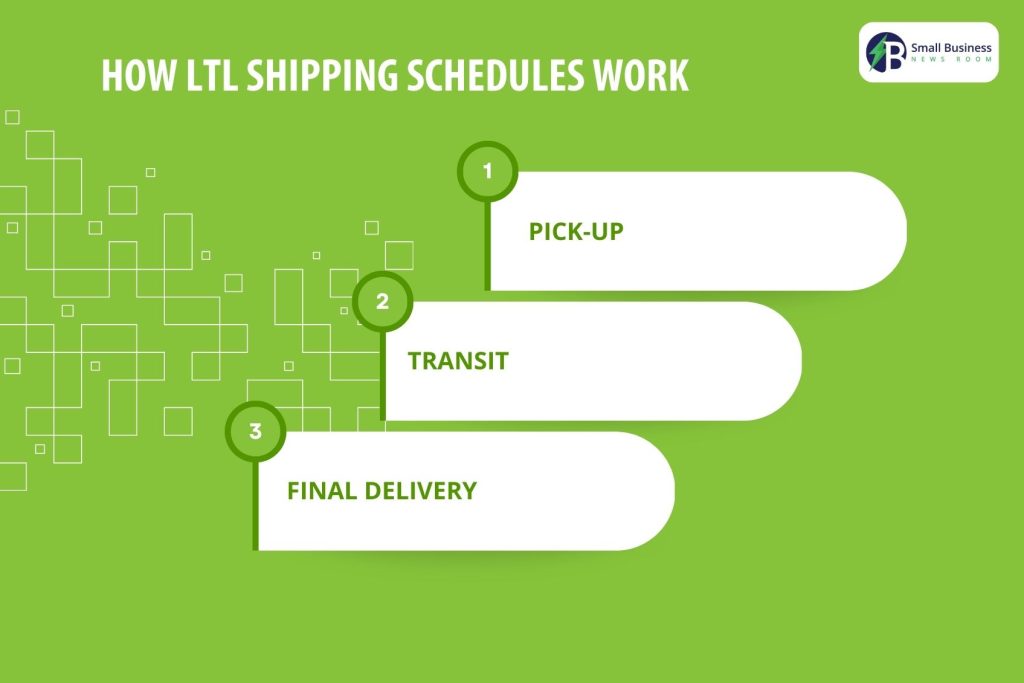
One thing to note: LTL shipping doesn’t work like Amazon Prime’s next-day delivery. Since your shipment shares space with others, the truck might make multiple stops before reaching your customer.
- Pick-up: The carrier collects your goods and consolidates them with other shipments.
- Transit: The truck follows a set route, making stops at distribution hubs.
- Final delivery: Your goods are unloaded and delivered to the destination.
Transit times are usually a bit longer than full truckload, but if you plan your orders and stock smartly, it’s not a big problem.
Advantages of LTL Shipping for Small Businesses
Now for the juicy part, why LTL shipment meaning something big for your small business. Before we make up our mind, it is first necessary to learn about the pros and cons.
| Advantages |
| Cost Savings: This is an obvious one; no one can deny it. Are you ready to pay for the unused truck space? I don’t think so! Even your transportation budget stretches further. Flexibility: LTL words to fulfill all your needs, even when you need to ship once a week or a month. You can even send small batches without worrying about the truck spaces. Professional Handling: Even though your load is smaller, it gets handled with the same care and tracking as large shipments. This means less risk and more visibility. Lower Storage Costs: You can ship smaller batches more frequently. This is why you don’t need a massive warehouse to store products for long periods. |
| Disadvantages |
| Longer Transit Time: In general, the trucks can make multiple stops. This is why the delivery often takes a few days longer. Risk of Minor Damage: Your goods may be loaded and unloaded multiple times. This can increase the chance of scuffs or dents. This is why you have to ensure the goods a properly packaged. Limited Control Over Schedule: Let’s say you are not hiring a full truck! In that case, you can’t dictate the exact route or delivery time. |
How New Small Businesses Can Make the Most of LTL Shipping
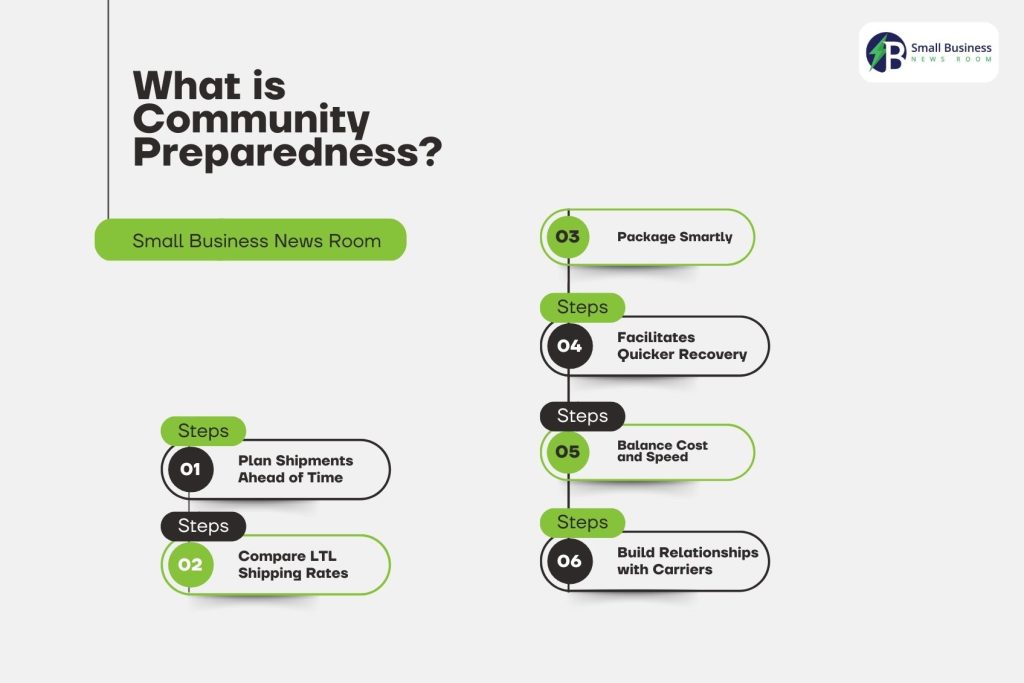
If you’ve just launched your business, your shipping strategy can make or break your budget. You probably don’t have massive warehouses, giant customer orders, or the ability to book a full truck every week, and that’s exactly where LTL shipping shines.
Here’s how you can squeeze every drop of value out of it:
1. Plan Shipments Ahead of Time
Last-minute shipping is almost always expensive. With LTL, the more notice you give your carrier, the better the rates you can secure.
Create a simple calendar that tracks when your products need to go out so you can book your freight in advance. This will also give you time to prepare proper packaging.
2. Compare LTL Shipping Rates
Not all carriers price their services the same way. Some specialize in certain routes, others in certain industries.
Spend a little time comparing LTL shipping rates from at least three providers, and the savings can be surprisingly big.
3. Package Smartly
In LTL shipping, your goods will likely be loaded, unloaded, and moved around at different stops.
Good packaging is your best insurance policy. Use strong boxes, secure pallets, and clear labeling. The better you protect your shipment, the less you’ll have to worry about damage.
4. Use Freight Tracking Tools
Most LTL carriers offer shipment tracking, so use it. This isn’t just for your peace of mind. This is a huge thing for customers as well.
The customers love being able to check where their package is in real time. It makes your business look more reliable and professional.
5. Balance Cost and Speed
LTL might not always be the fastest option for urgent shipping. But for non-urgent goods, the cost savings can be worth the extra day or two. Think about which of your products can go LTL without affecting customer satisfaction.
6. Build Relationships with Carriers
You’ll benefit from creating good relationships with freight companies if you have just started your business.
They must know that you’re a reliable customer who communicates well; they may offer you better rates, priority scheduling, or even tips to optimize your shipping.
Here’s A Real-Life Example
Let’s say you own a small organic skincare brand. Your manufacturer is in Jaipur, and your customers are spread across India.
In your early days, you don’t have enough orders to fill a truck; maybe you only have 5-6 boxes going to Mumbai, 4 to Bangalore, and 3 to Chennai.
Instead of paying for three separate trucks (or one half-empty one), you book an LTL freight service.
Your goods get loaded with shipments from other companies going in the same direction, and everyone shares the cost.
Result? You save on shipping charges, reduce storage needs, and keep customers happy with consistent deliveries.
Read More:






